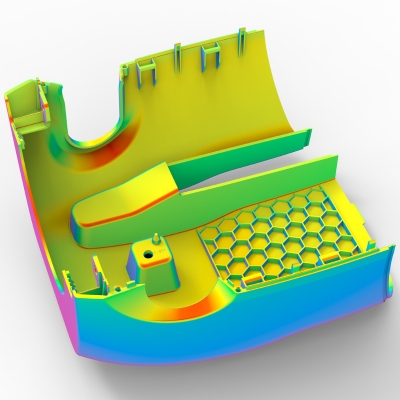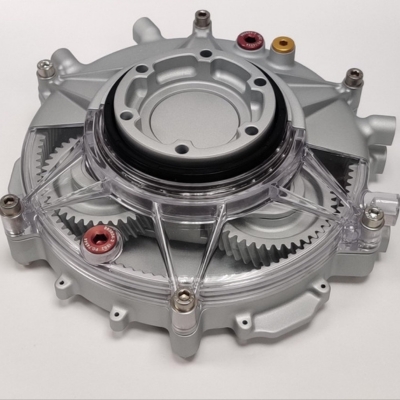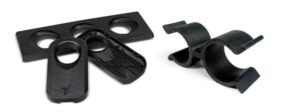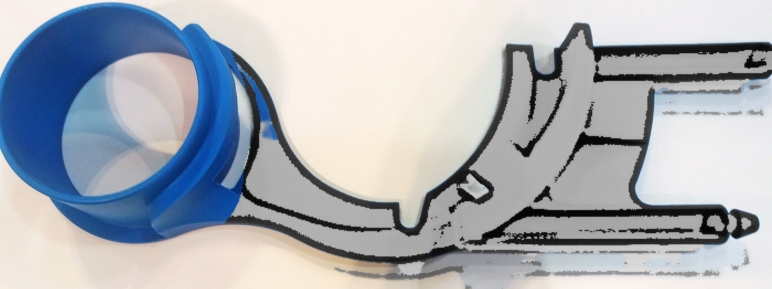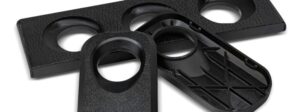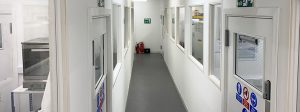- Services
- Materials
Injection Moulding
Moulded plastic components and prototype partsCNC Machining
CNC machined parts from 3 days3D Printing
Additive manufacturing with a choice of materials - overnight printing availableVacuum Casting
Resin casting for low volume production parts
Materials Datasheets
Browse our materials datasheets for details of physical, mechanical, and thermal properties.
- Resources
Latest News
Stay up to date with news and service-specific insights.Case Studies
Discover how engineers and designers use our services.Learning Hub
Your questions answered through videos and articles.Frequently Asked Questions
FAQs from Prototype ProjectsProcess Datasheets
Download detailed process datasheets.Material Datasheets
Explore materials for CNC Machining and 3D PrintingGuides & White Papers
Design guidance and insights from our technical team. - About
Our Story
Discover our journey and how we’ve evolvedOur Team
Meet the people behind the partsOur Values
Understand what drives usOur Plant List
Explore our in-house equipment and technologiesOur Vacancies
See the roles we’re hiring forMatrix
Get instant quotes and place ordersApply for an Account
Open a credit account and pay by Direct Debit
Matrix | Instant Quotes
Get an instant quote for your SLS, SLA, and DLP 3D printed parts in just a few clicks.
- Home
- 3D Printing
- DLP – Digital Light Projection
3D printing with Digital Light Projection
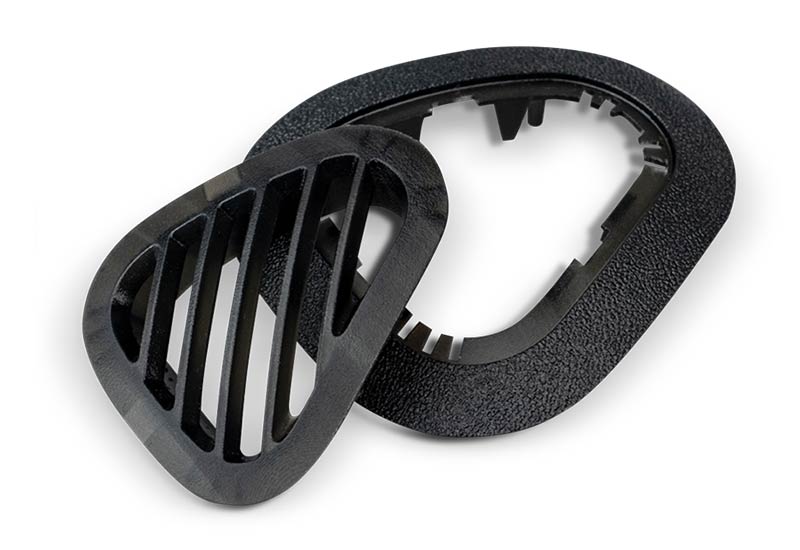
What is DLP prototyping?
DLP is a 3D printing technology that has similarities to SLA but is much faster. As with SLA, DLP uses light to cure a liquid photopolymer resin, layer by layer, to build parts with high accuracy and quality.
With a wide variety of materials available, DLP is an extremely versatile technology.
When is DLP used for 3D printing?
DLP is suitable for prototyping applications such as concept models, visual models and functional prototypes. It is equally useful for making masters for vacuum casting, sacrificial patterns for investment casting, jigs and fixtures, and very low volumes of end-use parts.
Unlike some 3D printing technologies, DLP parts are not porous and their material properties are, effectively, isotropic.
DLP prototype parts usually simulate parts that will be injection moulded once they are in production.
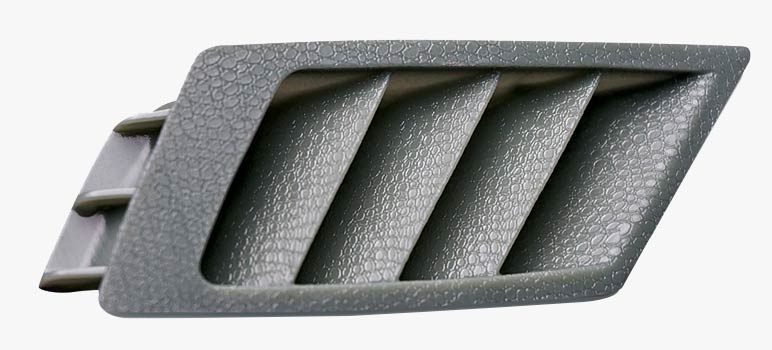
DLP 3D printing capabilities
Our DLP 3D Printer has a build envelope of 124.8 x 70.2 x 196 mm (XYZ). Horizontal resolution is 65 microns and layer thickness is from 10 to 100 microns, depending on the material.
A variety of materials is available to suit many diverse applications.
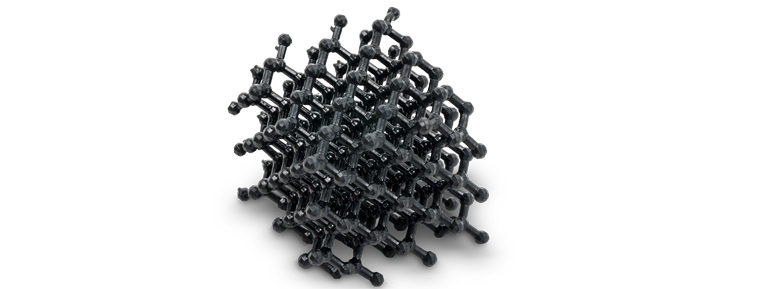
Materials for DLP 3D printing
We currently stock these DLP materials to meet most requirements:
UL94 V0 rated flame-retardant black plastic with >150˚C heat deflection temperature
A tough, production-grade flame-retardant additive manufacturing material that passes UL94 V0 test standards.
A black, flexible, durable, fatigue-resistant, impact-resistant material with long-term environmental stability. Similar properties to polypropylene
A translucent amber material with high strength, stiffness and temperature resistance (>300 °C)
A black material with high stiffness, good thermal resistance (70 °C), and excellent surface quality and repeatability
A mid-tear strength, production-grade rubber combined with Shore 65A hardness and a high elongation at break.
A white plastic for long-term use parts with a good combination of impact strength, elongation, and tensile strength.
For more information, download the material data sheets.
Other materials
In addition, we can order specialist materials:
A material for building sacrificial tooling when casting silicone parts
A black, rubber-like material
A black, flexible, durable material with similar properties to polypropylene
A green material for creating detailed master patterns for investment casting jewellery
A translucent amber material with high stiffness and good thermal resistance, suitable for applications requiring biocompatibility
A white material with high stiffness, good thermal resistance (102 °C) and excellent humidity/moisture resistance, suitable for applications requiring biocompatibility
A grey, rigid material with high build speed
A grey, rigid, durable material
A black, malleable material with high tear strength for producing hard, rubber-like parts requiring long-term environmental stability
Characteristics of DLP 3D printed parts
The key advantages of DLP technology are the ultra-fast build speed and the high quality achieved. Parts can have intricate details and smooth surfaces.
Mechanical properties depend on the material selected, but anything from flexible, rubber-like parts to rigid, temperature-resistant parts can be built. To some extent, the finishing options vary from one material to the next.
See our page about materials for 3D printing to learn more.
Production speeds and finishing options for DLP 3D printed parts
Choose your preferred production speed—overnight, 3, 7, or 12 days—depending on your technical requirements and project timeline. Whichever option you select, you can count on consistently high quality.
We offer a choice of finishes related to the material and production speed.
After the build process is complete, parts are washed in IPA to remove any uncured resin, hardened for one hour in a UV oven, then the support structures and witness marks are removed. Some customers opt for parts to receive a light bead blast, and a clear lacquer can be applied.
Further options include sanding to remove build lines, and priming and painting. We can also apply a blackout/EMI/RFI coating to the insides of parts and a rubberised ‘soft feel’ coating to the exterior.
Additional assembly operations include fitting threaded inserts.

Get started today
Get an instant quote and benefit from 10% off every order with Matrix, our online platform.
Upload your CAD file today and receive instant pricing on your next project. Fast, simple, and supported by a UK-based team with decades of experience.
For all other quote requests, please use the form below.
Request a Quote
Please Note: requests for our 3-Day production speed must meet our 3-Day criteria. All final data for our 3-Day production speed is required by 4.30pm.
To request a quote for any of our other technologies/services, such as Vacuum Casting, Model Making and Laser Cutting, please complete this contact form.
DLP 3D Printing FAQ
What is DLP 3D Printing?
DLP (Digital Light Processing) 3D printing is a resin-based process that uses a projector to cure entire layers of liquid resin at once. This makes it faster than SLA while still delivering excellent accuracy and fine details. It’s particularly well suited to small, highly detailed parts such as medical devices, micro components, and intricate prototypes.
What are the advantages of DLP?
DLP is fast, accurate, and excellent for highly detailed designs. It is particularly useful for projects where surface finish, resolution, and speed are equally important.
What are the limitations of DLP?
DLP is best for small, detailed parts rather than large models. While surface quality is excellent, parts are generally less strong than those produced with SLS or CNC machining.
What are the common uses of DLP?
DLP is widely used for applications such as microfluidics, dental and medical models, and intricate prototypes in consumer and industrial product design. Its speed and fine detail make it ideal where time-to-market is critical.
What materials are available for DLP printing?
We offer a range of resins for DLP, each suited to different applications, from clear and rigid resins to those with enhanced mechanical properties. The best material will depend on whether your part needs optical clarity, strength, flexibility, or fine surface finish.
How does DLP compare to SLA and SLS?
DLP and SLA are both resin-based technologies with excellent detail and surface finish, but DLP is generally faster for small parts as it cures entire layers at once. SLS, on the other hand, uses nylon powder to create stronger and more durable parts but with a slightly rougher surface finish. The best choice depends on whether speed, detail, or strength is your priority.
What are the design guidelines for DLP?
DLP parts can be produced with very fine resolution, with feature sizes down to around 50 microns. To achieve the best results, small features should have a minimum wall thickness of 0.5 mm, while larger sections should be at least 1 mm.
Because DLP builds upside down, each layer is cured against a clear membrane and then lifted before being recoated with resin. This process means that thicker wall sections (over 5 mm) can increase surface tension and the effects of gravity, raising the risk of print failure. To counter this, additional or stronger supports are often required, which can leave more witness marks than SLA.
In general, if a part has been designed for injection moulding, it is likely to be suitable for DLP.
Our team can provide guidance on optimising designs for DLP to achieve both strength and accuracy.
What finising options are available for DLP parts?
DLP parts can be supplied as-built or finished in-house. Finishing options include hand-sanding, painting, lacquering, and detailing to enhance appearance or functionality.
Are DLP parts suitable for functional applications?
DLP parts are typically used for prototypes and detailed models, but some resins are suitable for short-term functional testing. For more durable, load-bearing parts, SLS or CNC machining may be more appropriate.
Can DLP be used for low-volume production?
Yes. DLP is often used for producing small batches of components, particularly where detail, accuracy, and speed are important.
What are the lead times for DLP 3D Printing?
We offer a range of production speeds to suit your project needs. DLP 3D printed parts can be delivered via our Overnight service, or you can choose from 3, 7, or 12 working day turnaround options depending on your timescales and budget.
Can I get an instant quote for DLP 3D Printing?
Yes. Our online Matrix system allows you to upload your files, get an instant quote and place your order directly for DLP 3D printed parts (as well as for SLA and SLS parts). You can also select your required production speed and finishing options, making it quick and simple to manage your projects.
Our latest Digital Light Projection news
Model Making & Workshop team
Our model making and AP/AM workshop team deliver high-quality 3D printed and vacuum cast prototype parts. We offer next day dispatch on SLS, SLA and DLP. Request a quote for your next prototype project.

Gemma Zouher-Lewis
RP Team Leader

Jordan Cooney
RP Technician

Chris Johnson
RP Technician

Leon Willis
Workshop Assistant/Delivery Driver

Adam Sharkey
Technical Project Manager

Alex Barnett
Senior RP Technician

Luke Webb
Senior 3D CAD Technician

Oliver Pringle
3D CAD Technician

